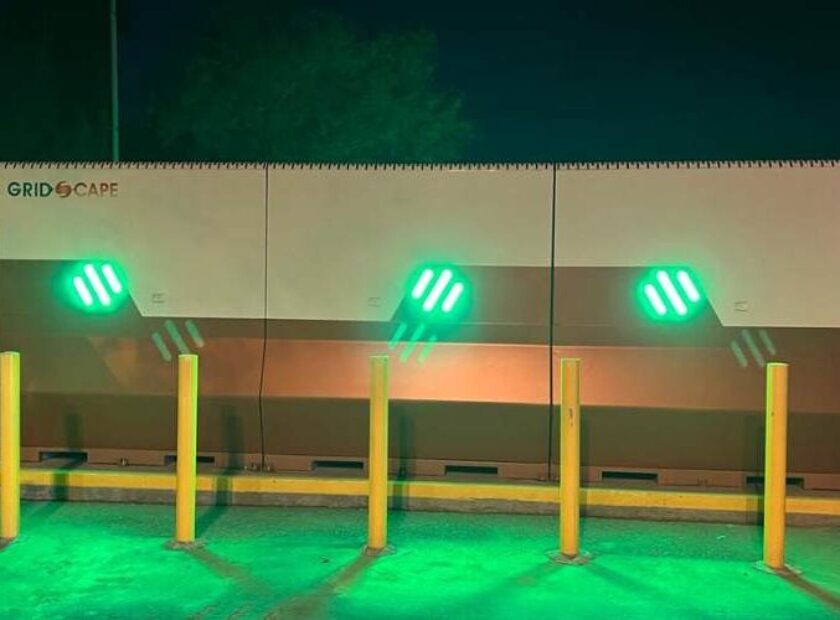Demystifying the buzz- Virtual Power Plants vs. Microgrids

In the ever-evolving world of energy innovation, two terms have been buzzing around with increasing frequency: Virtual Power Plants (VPPs) and Microgrids. However, as the discussion around these concepts intensifies, there is growing confusion among people who often conflate the two. This essay aims to shed light on the distinctions between VPPs and Microgrids while providing insights into the broader energy landscape.
As the global demand for electricity surges and the retirement of fossil fuel assets looms on the horizon, the energy sector faces a defining challenge: how to meet increasing demand while transitioning to cleaner and more sustainable energy sources. Virtual Power Plants (VPPs) and Microgrids are two innovative solutions at the forefront of this transformation, working in harmony to reshape the energy landscape. In this essay, we will explore the concept of VPPs and the pivotal role that Microgrids play in enabling their success.
Understanding Virtual Power Plants (VPPs)
Virtual Power Plants, or VPPs, represent a revolutionary approach to energy generation and management. At their core, VPPs are aggregations of Distributed Energy Resources (DERs), which encompass a wide array of sources such as rooftop solar panels with batteries, electric vehicles and chargers, smart buildings and their control systems, etc.
The essence of VPPs lies in their ability to efficiently harness these dispersed resources, creating a flexible and responsive network that can balance electricity supply and demand, much like a traditional power plant. VPP participants include a wide spectrum of entities, from individual households to commercial and industrial enterprises, each engaging through various models that offer incentives for contributing to grid efficiency.
Understanding the Role of Microgrids
Microgrids, although closely related to VPPs, serve a distinct purpose within the energy landscape. Microgrids are localized energy systems designed to operate autonomously or in conjunction with the main grid. These self-contained networks utilize DERs and advanced control systems to optimize energy generation and consumption within a specific geographical area, such as a university campus, hospital, or residential community.
Microgrids are indispensable in the success of VPPs for several reasons:
Enhanced Resilience: Microgrids are designed to provide reliable backup power during grid outages and natural disasters. This resilience ensures continuous electricity supply to critical facilities, such as hospitals or emergency response centers.
Integration of DERs: Microgrids seamlessly integrate DERs, including rooftop solar panels and battery storage, into their energy mix. This localized control allows for efficient energy management and load balancing, contributing to the stability of VPP operations.
Efficient Energy Use: Microgrids optimize energy consumption within their boundaries, reducing waste and maximizing the utilization of clean energy sources. This efficient energy use aligns with the objectives of VPPs to balance supply and demand across the broader grid.
Grid Support: Microgrids can act as distributed energy hubs, contributing excess energy to the grid when needed or drawing from the grid during peak demand periods. This flexibility is invaluable in supporting VPPs’ role in maintaining grid stability.
The synergy between Virtual Power Plants (VPPs) and Microgrids is at the forefront of the energy sector’s transformation. VPPs offer a dynamic and decentralized approach to energy generation and management, while Microgrids serve as localized hubs for optimizing energy use and enhancing resilience. Together, they promise to revolutionize our energy infrastructure, providing cost-effective grid services while facilitating the transition to cleaner and more sustainable energy sources.
As we move towards a future where renewable energy plays a dominant role in our power grids, the partnership between VPPs and Microgrids will be instrumental in ensuring reliable, efficient, and resilient energy systems. This collaboration represents a crucial step forward in meeting the growing demand for electricity while advancing our collective commitment to a greener and more sustainable future.






